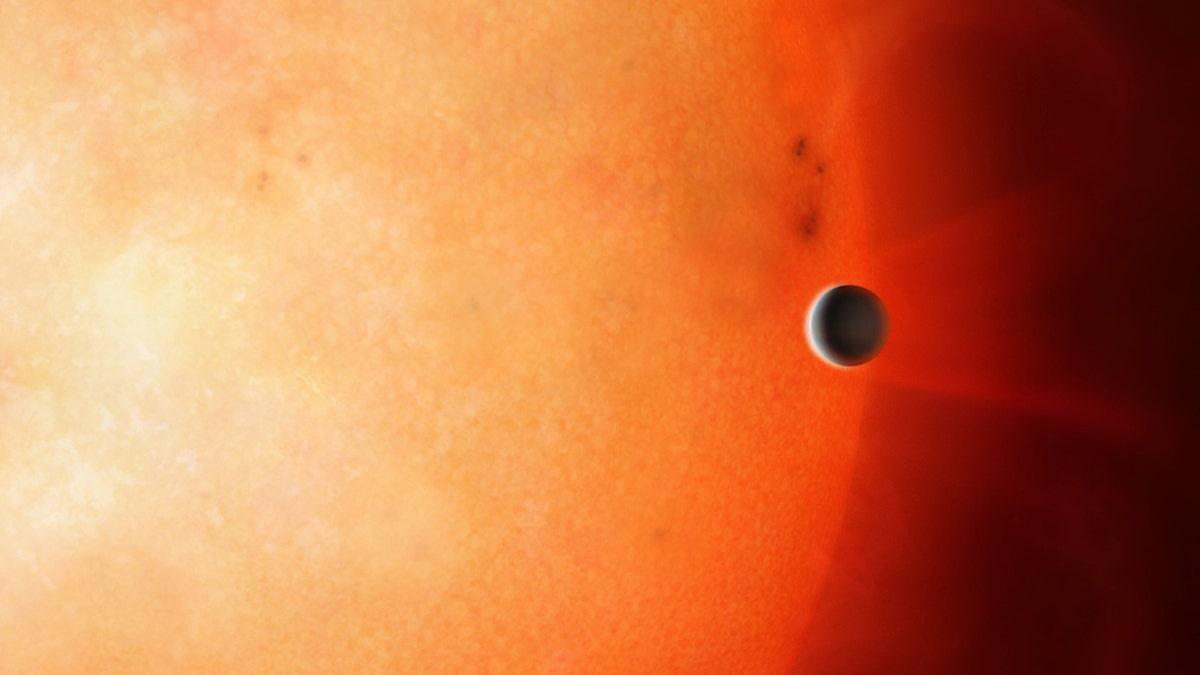Fox News Flash top headlines for May 29
Fox News Flash top headlines for May 29 are here. Check out what's clicking on Foxnews.com
Sometimes, it pays to keep looking.
Researchers have found a "forbidden" planet roughly three times the size of Earth in an area known as the Neptunian Desert, a place where it should not exist.
Also known as NGTS-4b, the exoplanet has a mass of 20 Earth's and a radius that is 20 percent smaller than Neptune. Orbiting its star every 1.3 days, it has a temperature approaching 1,000 degrees Celsius. Yet, it still has its own atmosphere, something that has caused researchers to scratch their heads.
LIFE ON PLUTO? OCEAN, LONG THOUGHT TO BE FROZEN, COULD BE HIDDEN, STUDY CLAIMS
NGTS-4 was observed using a single NGTS camera over 272 nights between Aug. 6, 2016 and May 5, 2017, from the Next-Generation Transit Survey in northern Chile.
"This planet must be tough—it is right in the zone where we expected Neptune-sized planets could not survive," University of Warwick professor Dr. Richard West said in a statement. "It is truly remarkable that we found a transiting planet via a star dimming by less than 0.2 [percent] - this has never been done before by telescopes on the ground, and it was great to find after working on this project for a year."

Exoplanet NGTS-4b -- also known as 'The Forbidden Planet' (Credit: University of Warwick/Mark Garlick)
The Neptunian Desert is an area of space near a star where no planets that are similar in size and scope to Neptune had been previously found. Against the odds, NGTS-4b is located firmly in this area.
It's unclear why NGTS-4b is able to exist in the Neptunian Desert, though the researchers have offered two explanations: it moved into the region within the past 1 million years or it was very big and the atmosphere is still evaporating.
Thanks to the discovery of NGTS-4b, researchers are going to recheck their data and see if it yields any other surprising finds, West added. "We are now scouring our data to see if we can see any more planets in the Neptune Desert—perhaps the desert is greener than was once thought."
The research has been published in Monthly Notices of the Royal Astronomical Society.
